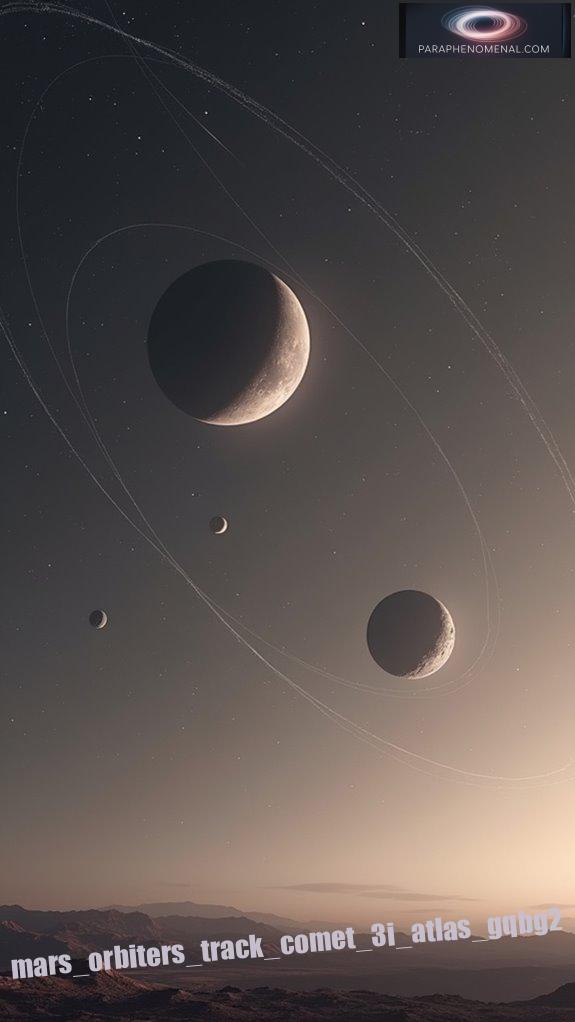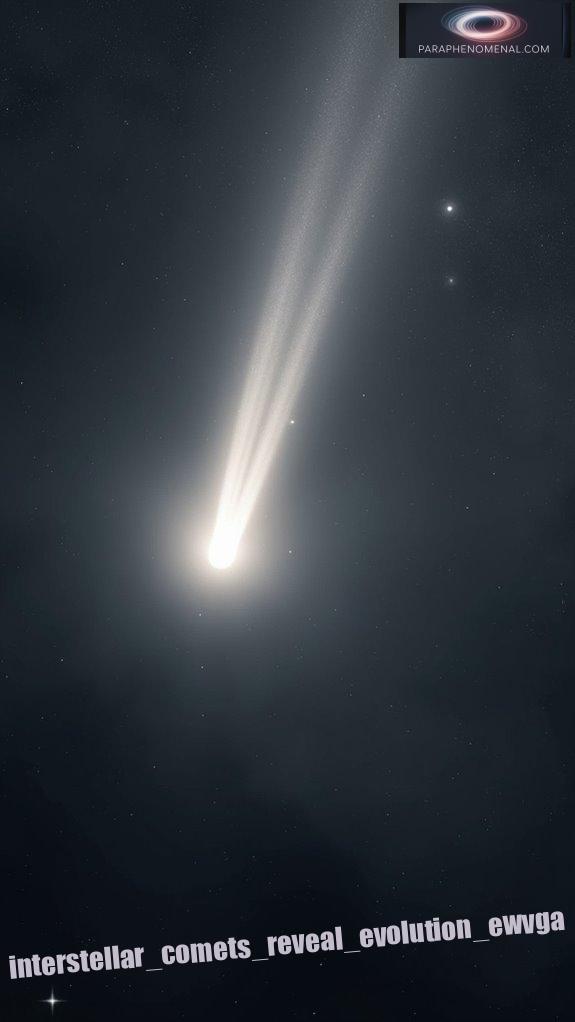Curiosity often leads us to explore the unexplained, doesn’t it?
When it comes to UFO activity, my fascination grows deeper every day.
I find myself captivated by the relentless efforts of scientists who track unusual objects in our skies.
Just like how NASA and ESA employ advanced technology, such as imaging satellites, they gather irrefutable evidence.
Intrigued, I wonder: what secrets could they unveil next?
With every sighting, there’s a chance for revelation – and I can’t help but want to know more.
A Night Under the Stars: My Encounter with the Unknown
One evening, I found myself stargazing at my local park when something anomalous caught my eye. An unusual light darted through the sky, changing directions in a way that defied the laws of physics. My heart raced as I fumbled for my phone, noticing the vivid colors of the object reflected in the dark.
I’ve often thought of this incident while following UFO investigations. Those moments kept me thinking about otherworldly possibilities beyond our grasp. What if that was a craft from another dimension? As I dug deeper into the world of UFOs, I found stories of military encounters, radar anomalies, and secretive government investigations. Each layer added to my intrigue, compelling me to share my experience with others.
Quick Takeaways
- NASA employs Hubble and NEOWISE to capture high-resolution images and detect heat signatures of 3I/ATLAS, aiding in orbit refinement despite solar glare.
- ESA’s Solar Orbiter monitors solar conditions that impact 3I/ATLAS, providing crucial data on solar environment effects.
- Mars orbiters offer continuous monitoring of 3I/ATLAS, using adaptable instrumentation for precise tracking during its approach to the Sun.
- Ground-based infrared telescopes assist in detecting 3I/ATLAS by measuring heat signatures, bypassing challenges posed by visible light during solar interference.
- Collaborative international efforts pool resources and share real-time data to enhance understanding and improve observational strategies for tracking 3I/ATLAS.
Discovery and Initial Tracking of 3I/ATLAS

When 3I/ATLAS was discovered on July 1, 2025, by the ATLAS survey telescope in Chile, it marked a significant moment in astronomy. With an initial apparent magnitude of 18, this faint object entered the inner Solar System at a high speed of 61 km/s, raising eyebrows about its origin. Pre-discovery identification helped clarify the comet’s nature, with data collected between June 14 and 29 revealing its hyperbolic trajectory, confirming it as an interstellar comet. Orbital determination processes indicated 3I/ATLAS had an eccentric path, originally causing concern for a closer Earth encounter, but subsequent observations ruled this out. Notably, this comet boasts an eccentricity of 6.141±0.002, making it one of the most extreme interstellar objects known. As 3I/ATLAS approaches the Sun, it will provide a rare opportunity to study interstellar objects in our solar system, a core principle we celebrate at ParaPhenomenal.
The Impact of Solar Conjunction on Observations
The observations of 3I/ATLAS were heavily impacted by solar conjunction, a phenomenon that can complicate tracking and communication with celestial objects.
- Intense solar interference degraded crucial radio signals.
- Direct measurements were nearly impossible under the Sun’s glare.
- Unpredictable spacecraft behavior increased risks and uncertainties.
- Tracking systems struggled, sometimes locking onto the Sun instead.
During this critical period, you can envision the tenseness as engineers braced for potential observational challenges. They adjusted operations months ahead, preparing spacecraft for autonomous modes to protect data integrity. At least one spacecraft will always collect data during these conjunction phases, providing some level of ongoing observation.
Though tracking 3I/ATLAS faced hardships, alternative methods provided valuable indirect information. By understanding these barriers, ParaPhenomenal aims to share how ingenuity can overcome cosmic obstacles, ensuring we stay connected to our universe despite intimidating hurdles.
Utilizing Mars Orbiters for Continuous Monitoring

Utilizing Mars orbiters for continuous monitoring of 3I/ATLAS opens new possibilities for understanding this comet, especially as it approaches our cosmic neighborhood.
The adaptability of Mars instrumentation, such as that on the Mars Reconnaissance Orbiter and ESA’s orbiters, allows precise tracking through planned orbital maneuvers.
These instruments can reorient effectively, focusing on 3I/ATLAS while still maintaining communications with Earth.
Their unique vantage points offer critical observational angles, especially during significant events like perihelion. Additionally, the detailed terrain analysis capabilities of these orbiters ensure that they can navigate efficiently while conducting observations.
Overcoming Data Gaps With Existing Technology
As astronomers track 3I/ATLAS and other celestial objects, overcoming data gaps is essential for accurate monitoring, especially during periods of solar interference.
- Ground-based telescopes enhance detection when solar glare obstructs space-based sensors.
- Infrared telescopes measure heat signatures, bypassing the challenges of visible light. The NEO Surveyor is designed to fill the detection gaps that may arise during such periods, ensuring that the detection capabilities remain robust even with solar disturbances.
- Radar imaging provides reliable object data, rendering solar glare irrelevant.
- International collaboration helps unify observational strategies, pooling resources and expertise.
The Role of NASA’s JPL in Real-Time Tracking
Astronomers depend heavily on NASA’s Jet Propulsion Laboratory (JPL) for real-time tracking of celestial objects like 3I/ATLAS. JPL’s Horizons ephemeris service provides essential real-time calculations, updating positions as new observational data flows in.
This service, accessible to both professionals and amateurs, incorporates input from global telescopes, including NASA-funded ATLAS.
Ephemeris updates contain crucial information like celestial coordinates, distances, and velocity, ensuring accurate tracking. By integrating this data with public platforms, you can access live sky maps and predictions.
JPL’s sophisticated algorithms minimize errors while accounting for gravitational influences. Even near the Sun, JPL’s predictive modeling maintains reliability, delivering timely updates necessary for understanding 3I/ATLAS. Additionally, their efforts highlight the importance of paranormal activities in tracking celestial bodies, which showcases the diverse challenges faced by astronomers.
This integration supports the wider astronomical community, helping us explore our universe’s wonders.
Future Missions and Advances in Interstellar Object Studies
To unfasten the mysteries of interstellar objects like 3I/ATLAS, NASA and other space agencies are developing planned missions that could revolutionize our understanding of space.
- Discover the origins of interstellar comets.
- Witness groundbreaking flyby missions.
- Explore the cosmos like never before.
- Unite for humanity’s quest to connect with the universe.
These missions emphasize interstellar mission design and advanced tracking technologies, aiming for high-speed flybys that capture crucial data on composition and structure. Recent studies have shown that 3I/ATLAS’s collision with Earth provides vital insights into the nature of such celestial events.
By targeting multiple objects within Neptune’s orbit, agencies are expanding their reach to decipher cosmic secrets. With state-of-the-art instruments and collaborative efforts worldwide, the horizon broadens for what’s possible in interstellar exploration.
Embrace the excitement of unraveling the unknown—our freedom to explore the universe is still alive!
The Scientific Importance of Studying Interstellar Comets

Studying interstellar comets (ISCs) is crucial for understanding the formation and evolution of various celestial bodies. Their unique compositions reveal valuable information about interstellar chemistry and the dynamics of comets as they travel through space.
By examining their physical properties, you can learn about the environmental conditions in their native star systems and trace chemical changes over millions of years. This helps uncover the potential presence of primordial materials versus altered ones due to space weathering.
ISCs provide a rare comparison point with solar system objects, enriching your knowledge of planetary system formation. They also suggest mechanisms for delivering life-related materials across the cosmos, making the investigation of these mysterious travelers essential for understanding our universe. The discovery of 3i/ATLAS has highlighted the dynamic interactions and variety of these objects in our galaxy.
FAQ
What Measures Are Taken to Ensure Data Accuracy While Tracking 3i/Atlas?
To guarantee data accuracy while tracking 3I/ATLAS, you’ll use advanced data calibration and observational techniques. This involves integrating multi-telescope snapshots, correcting for motion blur, and accounting for tail dynamics to refine trajectory predictions effectively.
How Does Solar Activity Affect Tracking of Interstellar Objects?
Solar activity complicates tracking interstellar objects like 3I/ATLAS. Solar flares disrupt tracking satellites, distorting data and increasing glare. You’ll need advanced instruments to clear this interference, ensuring you capture essential observations beneath the solar chaos.
What Challenges Did 3i/Atlas Present Compared to Previous Interstellar Objects?
3I/ATLAS complicates interstellar navigation due to its extreme speed, high eccentricity, and rapid brightening. Unlike previous objects, its unique classification challenges existing models, demanding innovative approaches for monitoring and understanding its behavior within the solar system.
Can Amateur Astronomers Participate in Observing 3i/Atlas?
You can absolutely participate in observing 3I/ATLAS! With some amateur contributions, you’ll use observational techniques to track a comet ranging from 440 meters to 5.6 kilometers, all while enjoying the thrill of discovery together.
What Are the Limitations of Current Observational Technology for Interstellar Comets?
Current observational technology faces numerous limitations, like weak imaging resolution and indirect measures, which complicate tracking interstellar comets. You’ll deal with technological limitations and observational challenges that make capturing these celestial visitors a real struggle.
References
- https://www.youtube.com/watch?v=ZtQHgCEVZ4o
- https://www.skyatnightmagazine.com/news/visit-interstellar-comets-with-spacecraft
- https://en.wikipedia.org/wiki/3I/ATLAS
- https://science.nasa.gov/solar-system/comets/3i-atlas/
- https://skyandtelescope.org/astronomy-blogs/explore-night-bob-king/all-eyes-on-interstellar-comet-3i-atlas/
- https://svs.gsfc.nasa.gov/11602
- https://www.primetimer.com/features/researchers-analyze-3i-atlas-trajectory-for-signs-of-solar-gravitational-lensing
- https://en.wikipedia.org/wiki/Solar_conjunction
- https://www.jpl.nasa.gov/news/whats-mars-solar-conjunction-and-why-does-it-matter/
- https://www.iflscience.com/interstellar-comet-3iatlas-is-back-from-behind-the-sun-still-not-an-alien-spacecraft-though-81387
- https://sciety-labs.elifesciences.org/articles/by?article_doi=10.31224/4921
- https://www.jpl.nasa.gov/news/nasa-mars-orbiter-learns-new-moves-after-nearly-20-years-in-space/
- https://www.skyatnightmagazine.com/news/3i-atlas-mars-october-2025
- https://en.wikipedia.org/wiki/Mars_Orbiter_Mission
- https://science.nasa.gov/mission/neo-surveyor/
- https://www.space.com/astronomy/comets/interstellar-comet-3i-atlas-could-help-protect-earth-from-dangerous-asteroids-heres-how
- https://www.psi.edu/blog/nasa-mars-orbiter-learns-new-moves-after-nearly-20-years-in-space/
- https://www.youtube.com/watch?v=NS1Fpe3acuQ
- https://spacegeneration.org/planetary-defence-2025-global-policies-to-rescue-the-earth-from-asteroids
- https://science.nasa.gov/planetary-defense/
- https://science.nasa.gov/science-research/planetary-science/planetary-defense/near-earth-asteroids/
- https://mlq.ai/news/nasa-and-esa-confirm-no-threat-from-skyscraper-sized-asteroid-fa22-as-it-makes-close-flyby/
- https://eyes.nasa.gov/apps/asteroids
- https://theskylive.com/c2025n1-tracker
- https://i3atlas.com
- https://atlas.fallingstar.com
- https://theskylive.com/c2025n1-info
- https://atlascomet.com
- https://science.nasa.gov/solar-system/comets/3i-atlas/comet-3i-atlas-multimedia/
- https://www.youtube.com/watch?v=-DKbE5t1qF8
